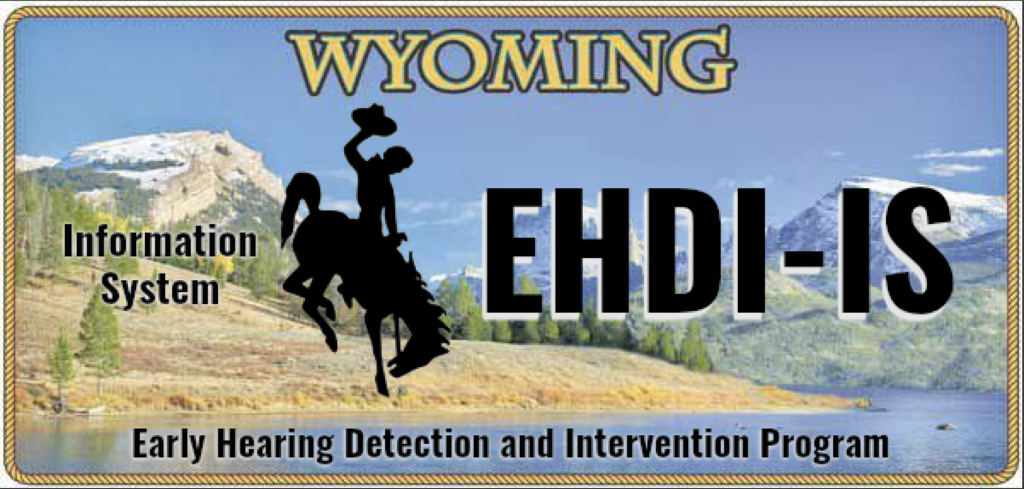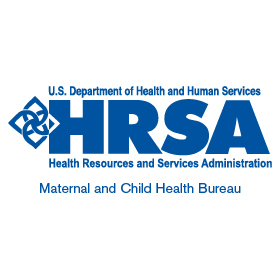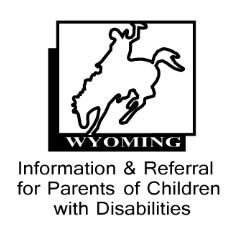Wyoming EHDI – Information System
The Wyoming EHDI – Information System (EHDI-IS) is a database containing hearing and vision screening results and follow-up information for children in Wyoming. Its purpose is to ensure that all Wyoming children with hearing loss and/or impaired vision are identified as early as possible and provided with timely and appropriate management in order to develop to their highest potential.
Wyoming EHDI-IS Log-InEHDI – IS User’s Manual
Paperwork to access the Wyoming EHDI-IS
Child Development Centers & Head Starts
Physicians & Primary Care Providers
Women Infants and Children (WIC)
The Wyoming EHDI-IS is available to early intervention providers, audiologists, physicians, and other appropriate professionals who provide services to Wyoming children. It offers useful management tools for Wyoming pediatric service providers.
What does the Wyoming EHDI-IS include?
The Wyoming EHDI – IS contains records of the following:
- Newborn hearing screening results
- Risk factors present at birth that may relate to late onset hearing loss
- Periodic childhood hearing and screening results
- Audiological and medical referral follow-up and results
The Wyoming EHDI-IS also contains results of vision screenings as well as follow-up and referral based on these results.
Top three key functions of the Wyoming EHDI-IS
- Reporting of hearing and vision screenings results
- Reporting of timely and appropriate follow-up based on screening results
- Reporting of the effectiveness of intervention management of children identified with hearing loss
Only registered users may access the Wyoming EHDI-IS.
To register, service providers must first complete the appropriate Health Insurance Portability and Accountability Act (HIPAA) agreement forms (see above) and return the them to Wyoming EHDI program.
Registered users may access several useful management tools available to service providers. These tools include:
- History of hearing and vision screenings for individual children.
- Printable reports of individual children’s hearing and vision screening results.
- Recommended re-screening and referral dates to assist providers with timely, appropriate follow-up.





